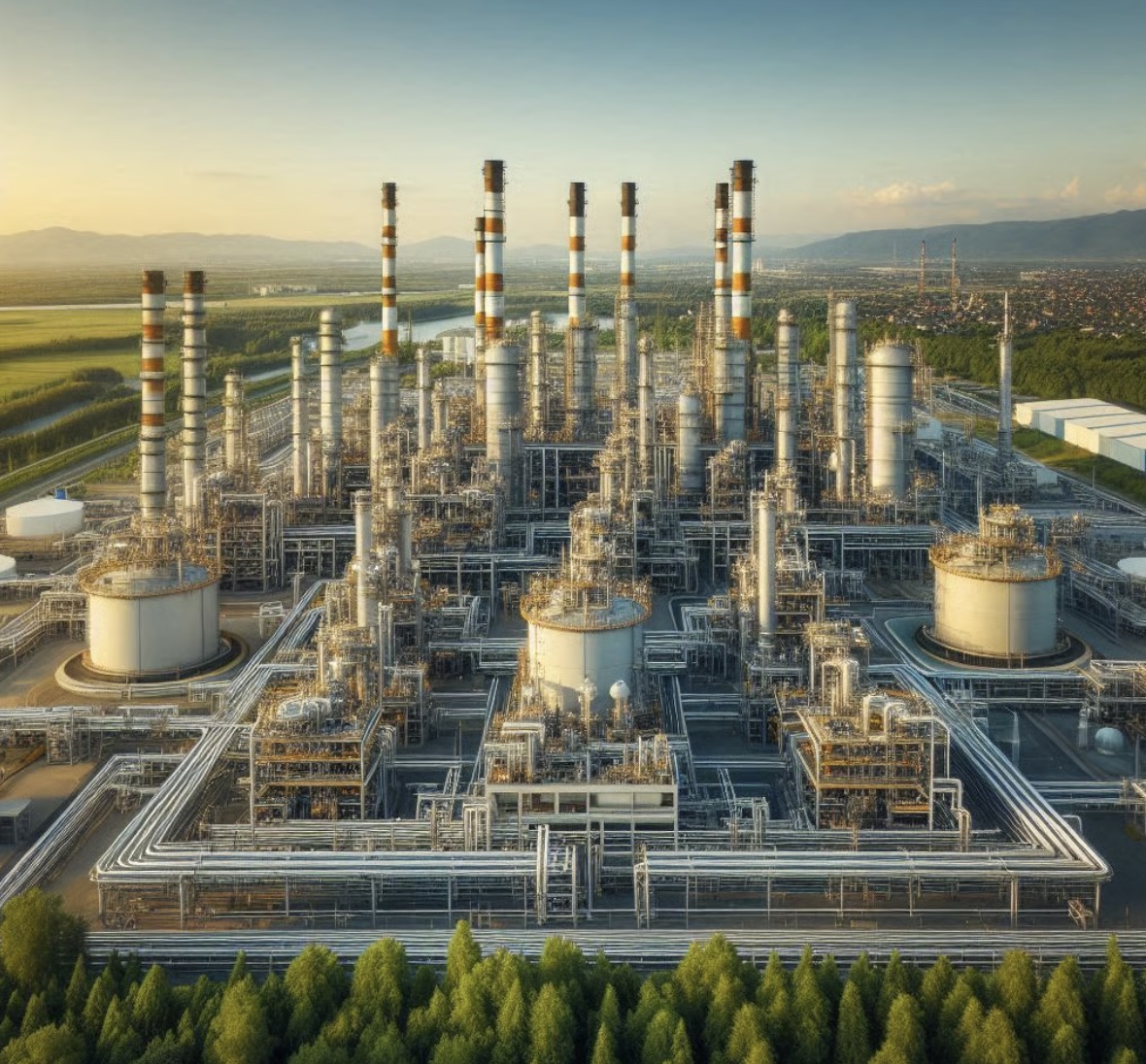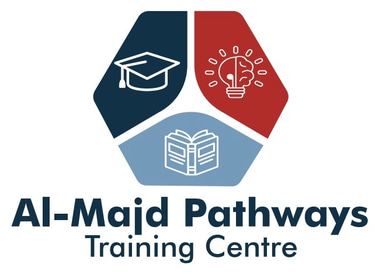
Comprehensive Gas Processing
£11500.00
INTRODUCTION
Natural gas, as well as associated gas and refinery off gases, can contain various acidic contaminants, primarily H2S and CO2, along with inert gases, helium, nitrogen, and in rare instances, Radon. The removal of these acidic components can be categorized into two main groups: chemical and physical processes. Occasionally, a combination of chemical and physical solvents is employed, either continuously or in batch processes.
This Comprehensive Gas Processing training course focuses on treatment processes across the entire natural gas value chain, spanning from discovery, exploration, and transportation to sales and marketing. H2S can be transformed into sulfur using a modified Claus Sulphur Recovery unit. Each of the different sulfur recovery processes is thoroughly examined, with their chemistry explored in detail. The course also covers alternative options, such as Shell's environmentally friendly Thiopaq.
This training course will cover:
Origins and chemical characteristics of Natural Gas
Gas Treatment Technologies and Processes
Design Criteria for Amine Systems and Physical Solvents
Troubleshooting Gas Sweetening and Sulphur Recovery Units
A comprehensive review of current Sulphur Recovery Technologies
TRAINING OBJECTIVES
Upon completion of the course, participants will be able to:
Gain a deep understanding of Gas Treating and Sulphur Recovery Processes
Identify the primary process steps and discuss key features of Gas Treating
Demonstrate proficiency in various aspects of Amine Sweetening Technologies
Understand the technology, chemistry, and thermodynamics of Gas Processing
Evaluate, monitor, and troubleshoot Gas Treating operations
WHO SHOULD ATTEND?
This Comprehensive Gas Processing training course is suitable for a wide range of professionals, including:
Production and Processing Personnel
Operations Staff and Shift Supervisors
Environmental Specialists
Facilities and Process Engineers
Geologists and Reservoir Engineers
Line Managers, Sales, or Business Development Staff
Industry Newcomers
TRAINING APPROACH
This training course offers a highly interactive and applied learning experience. It encourages participants to share their opinions and ideas through discussions, workshops, class exercises, case studies, and examples led by the presenter.
To ensure a comprehensive understanding of the introduced concepts, a combination of learning methods will be employed, including lecture-style presentations, open discussions, and group work.
TRAINING OUTLINE
Day 1: Natural Gas Processing
Physical properties of hydrocarbons
Terminology and Nomenclature
Qualitative Phase Behaviour / Vapor-Liquid Equilibrium
Definition and objectives of treating
Types of Contaminants and managing impurities
Health, Safety, and Environmental Considerations
Gas specifications and Gas Processing Options
Sales Gas and Product Specifications
Dew Point Control / Liquids Recovery
Cost impact and the economics of Gas treating and Sulphur Recovery
Day 2: Chemical Reaction Processes
Chemistry of Amine Gas Sweetening
Comparison and Selection of Amines in commercial use
General Design Criteria for Alkanolamine Processes
Process Flow Schemes and Process Control
Equipment review: Fractionation and Separation Equipment, Heat Transfer Equipment, Pumps, Compressors, Drivers, Refrigeration in Gas Conditioning and NGL Extraction Facilities
Simulations, calculations, and sizing examples
Filtration
Material selection and metallurgical issues
General Operating Problems: Heat Stable Salts, Corrosion, and Foaming
Day 3: Common Processes Used in Gas Processing Industries
Theory and principles of physical processes
Overview and Configurations of Selexol, Fluor, Rectisol, Purisol
Alkaline Carbonate Salt Processes: Hot Potassium Carbonate Plants, Benfield HiPure, Catacard
Hybrid Processes: Sulfinol (O/ M/ X), Batch and non-Regenerable Processes
Advantages, range, and disposal of SulfaTreat, Sulfa-Check, Iron Sponge, Puraspec, Molecular Sieve
Liquid Hydrocarbon Treating: Regenerated Caustic, Perco Solid Copper Chloride, Molecular Sieve, MerOx
New Treating Technologies
Day 4: Sulphur Recovery Overview (I)
Overview, Typical PFD, and Process Considerations
Mechanical Considerations and Instrumentation
Claus and SuperClaus Process and Modifications
The EUROClaus Concept
Operating Parameters and Problems: H2S / CO2 Ratio Variability and control, CO2 Catalyst Effect, Sulfur Dew Point, Acid Gas Containing Hydrocarbons
Sulfur Product Specifications, Storage, and Handling
Claus Process Calculations and Exercises
Day 5: Sulphur Recovery (II)
Tail Gas: Process Selection, Handling, and Treatment
SCOT, Sulfreen, Cold Bed Absorption
Iron Chelate Redox Processes
LOCAT, SulFerox, Stretford, Selectox
Selective Treating: Hindered Amines, Flexsorb Process
Acid Gas Injection
Membranes
Emerging and New Technologies
Troubleshooting: what can go wrong
Programme review and evaluation'
Certificate of Completion: Upon successful completion of the course, participants will receive a Certificate of Completion from Al-Majd Pathways Centre (APC).
Get in touch with us today.
Follow
Sign-up for our newsletter
0044 7466410010
©2025 All rights reserved.
